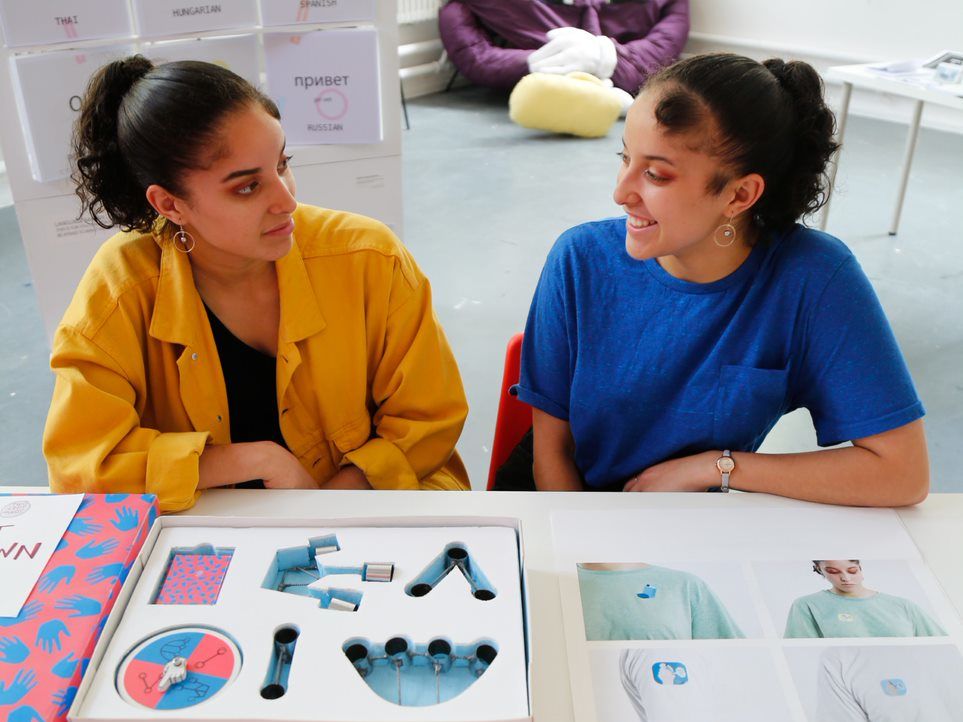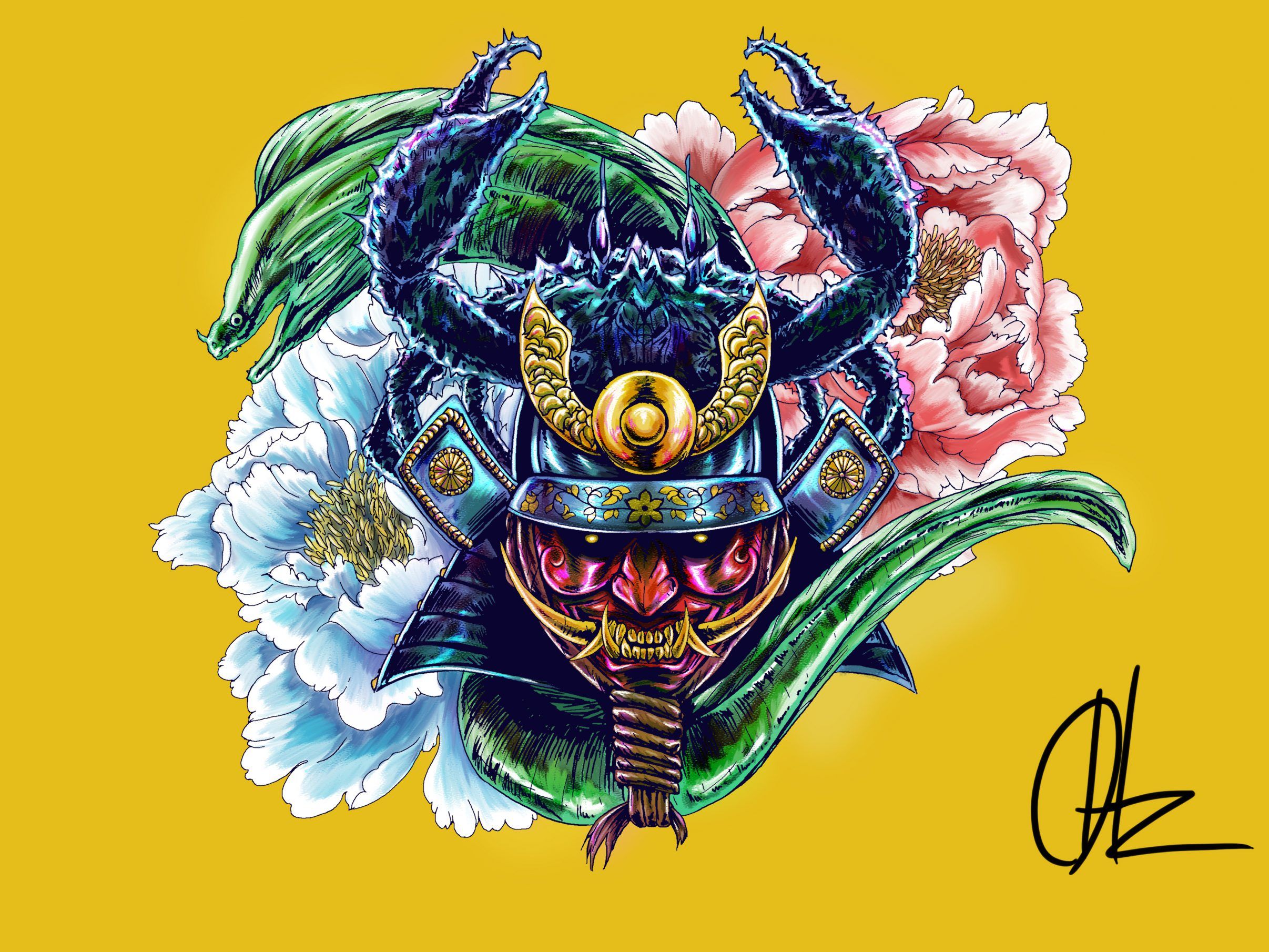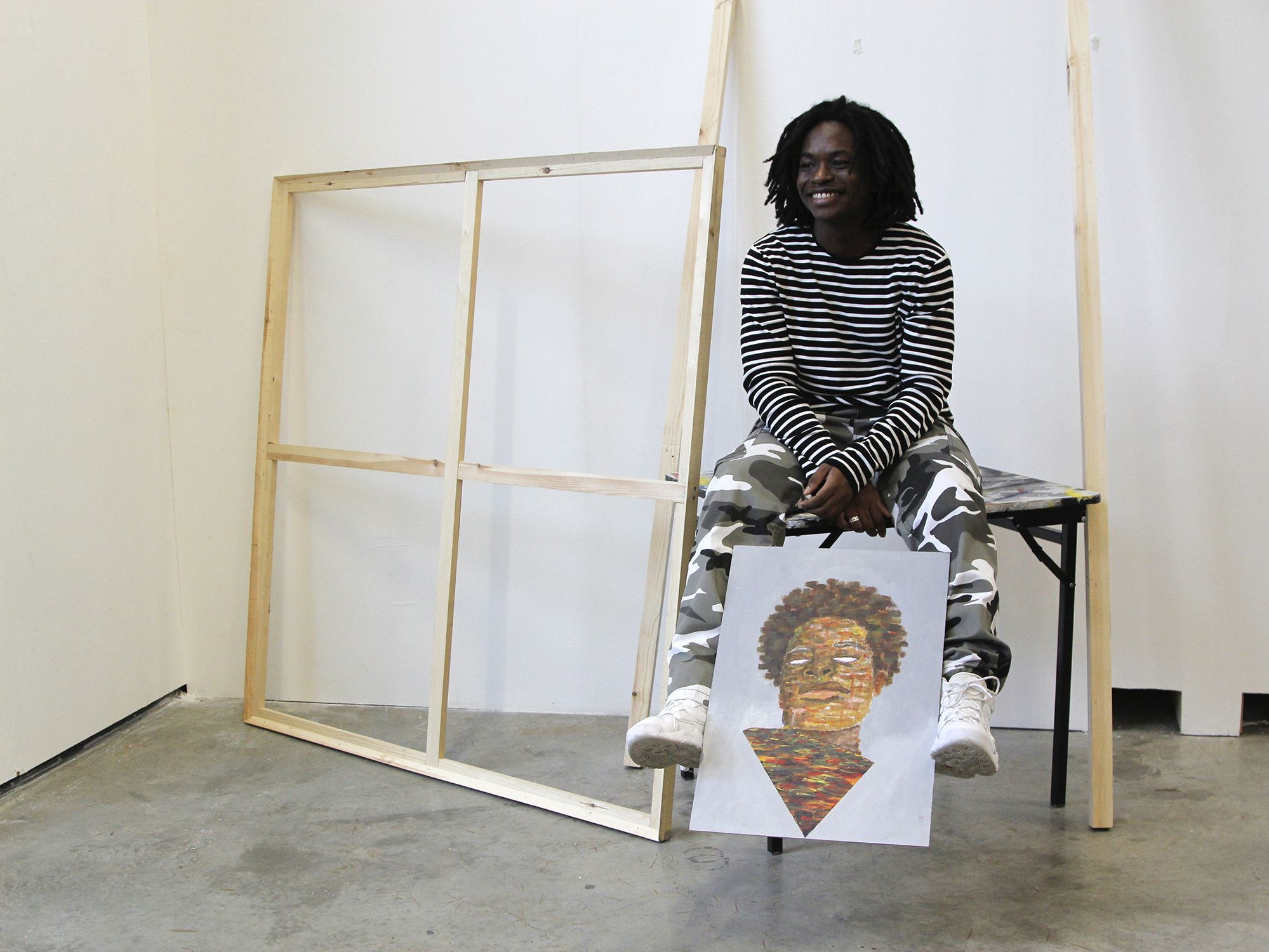This article works as a brief introduction to some of the language that you’ll be getting use to over the next three to four years. Whilst this list is just an introduction, it will define some keywords that your tutors will be making use of during your journey to studying at university and beyond.
Documenting

The act of documenting is to physically capture your journey whilst creating. Documenting takes place from the moment an idea is generated in the mind – a great example of this is writing down thoughts on paper at the beginning of a project. Documenting could also be called gathering primary and secondary research. Primary research are observations that you have documented yourself; for example, taking a photo of interesting leaf shapes or drawing the lines of the human body. Secondary research is making use of someone else’s primary research or work – for example, downloading an image of your favourite artist’s sculpture, tearing a page from a magazine for a mood board or making use of Pinterest.
Critique (Crits / Feedback Session)

A critique sounds much scarier than it actually is. Also known as a crit, these are essentially opportunities for you to present your work to your fellow students. Depending on class sizes, crits can sometimes be in small groups or the entire class presenting to each other. Crits usually are done for work that is in progress, which allows your peers and tutors to give helpful feedback to help you complete your project.
Diagnostic

This may be a word heard at some creative universities more than others. It is a way of describing an approach to decision-making. So, if you’re on a course or workshop that says it uses a diagnostic method, it means that it allows for you to decide what subject suits you through a process of elimination. You’ll try a little bit of everything in order to determine what you do and don’t like, and by the end of the process, you should know what area of creativity you want to continue working in.
Studio (Workshop / Technical Space)

Studios can be referred to as workshops, technical spaces and a variety of other words. These are effectively the environments where work is developed and created.
Practice

Simply put, your practice is your area of specialism. Being an actor, sound engineer, artist or photographer are examples of creative practices. A field that sometimes is overlooked is essay writing, which is part of an area known as academic practice. Some of the essays that are written during your time at university can contribute to your creative practice as part of your documenting.
Processes (Methods)

Processes are how you get from your initial idea to your final outcomes. Any creative techniques used or research gathered are a part of the ‘process’. The next step to this, is combining your research and techniques together in order to invent a new process that creates your final outcome.
Context

This can be a tricky word to define as it literally refers to the bigger picture of something. Context can present itself in a variety of ways – some of the other words mentioned in this article can work as an example of this, such as research. Research helps provide context to an idea for a project, as it gives a wider understanding for how the project came to be.




